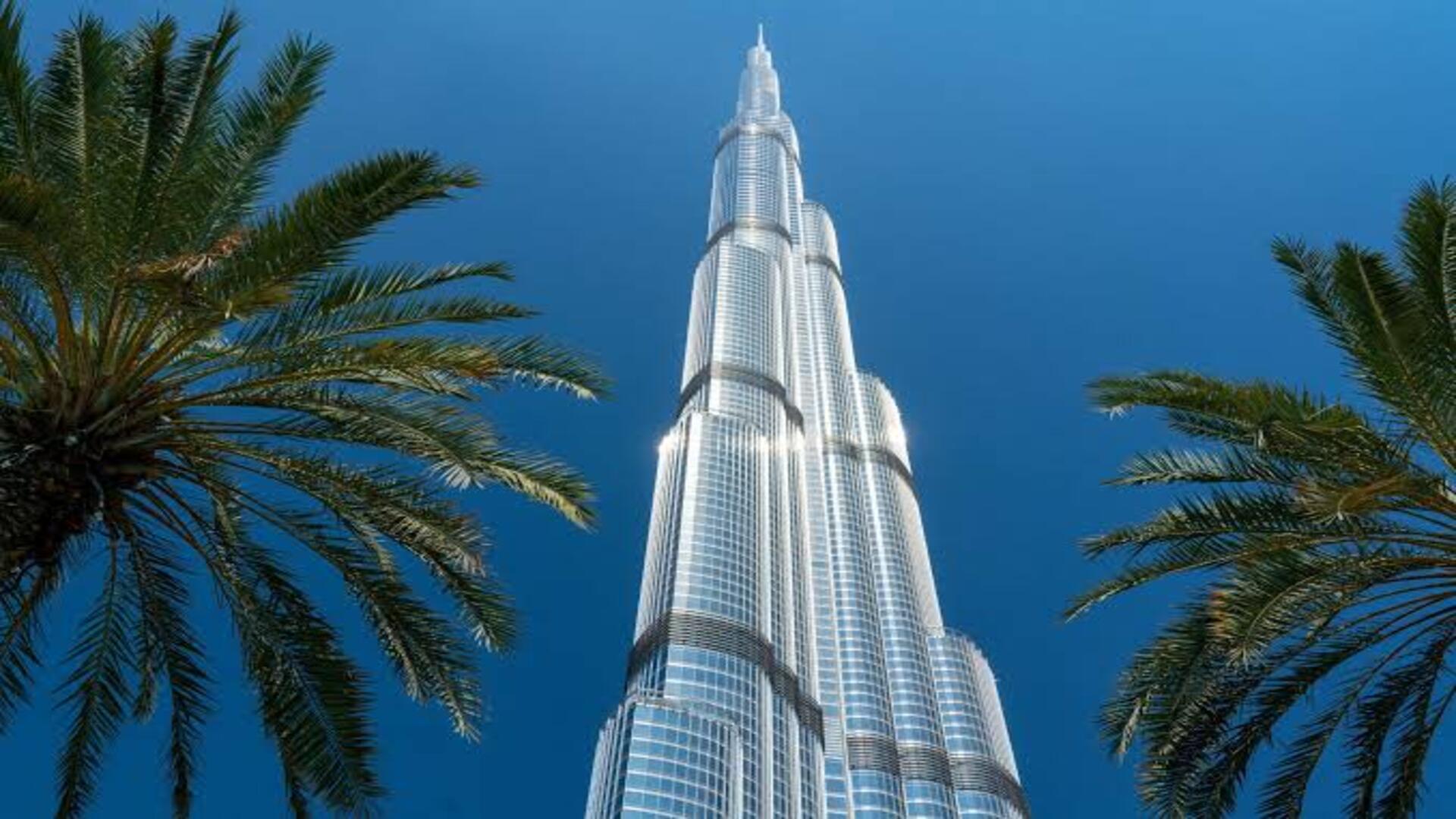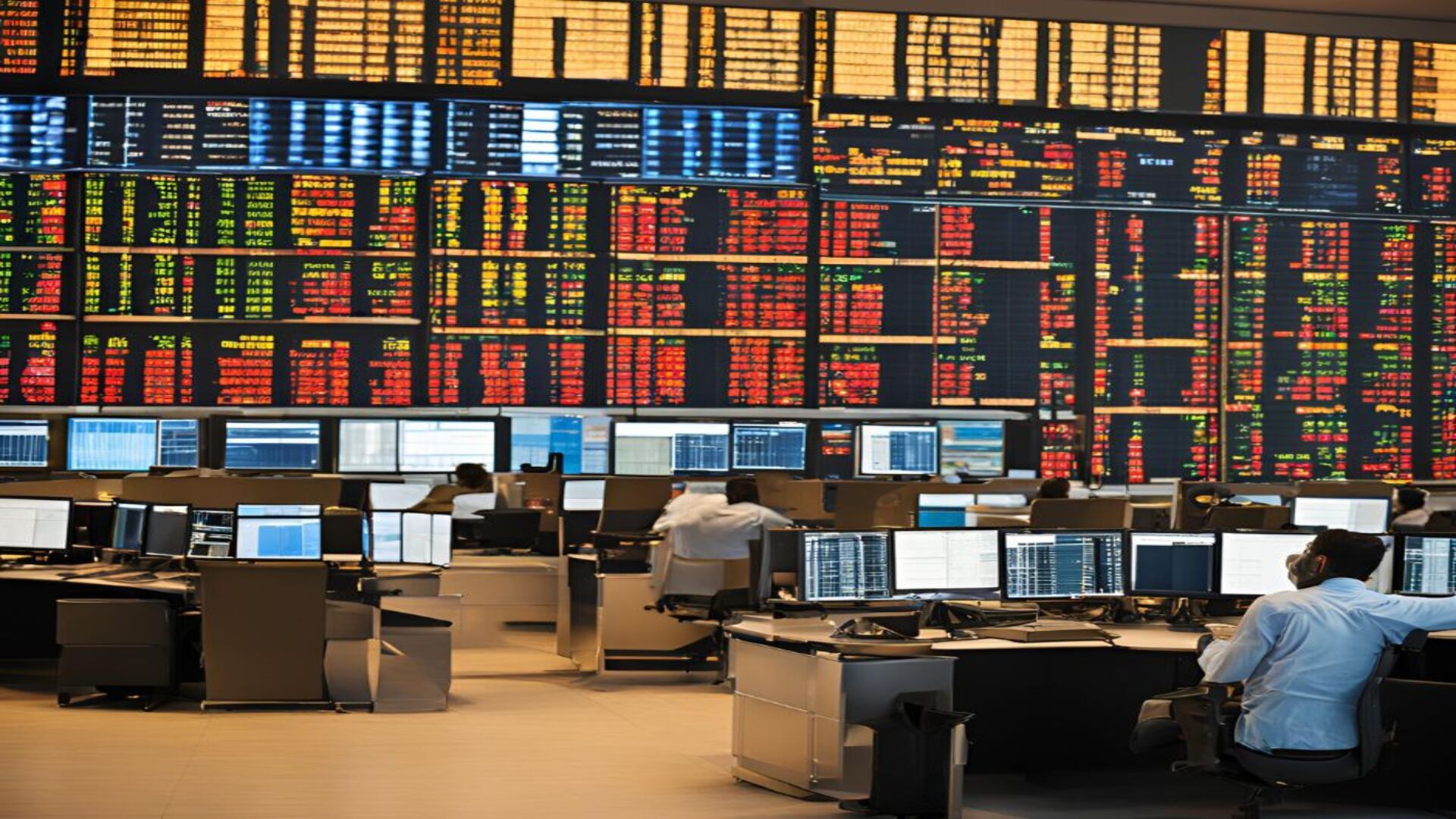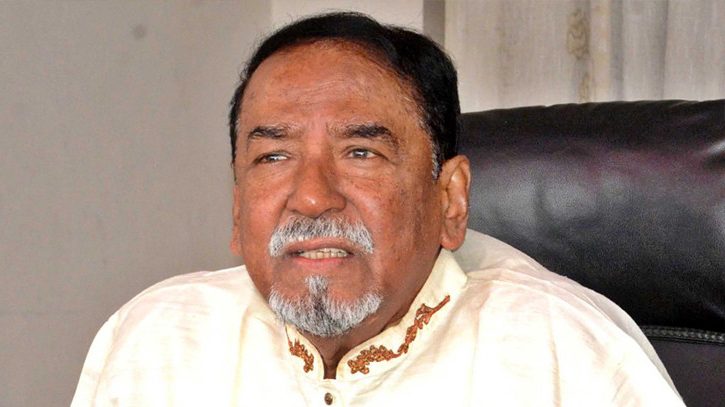
In the heart of Dubai’s ever-evolving skyline, one structure stands out, dominating the horizon and symbolizing human ingenuity and ambition. The Burj Khalifa, soaring at a breathtaking height of 828 meters (2,717 feet), is the tallest man-made structure in the world, a global icon that represents both Dubai’s rapid modernization and the future of architectural design. Completed in 2010, this masterpiece of engineering and design has not only redefined the skyline of Dubai but also set new benchmarks in the field of construction, architecture, and urban planning. This article delves deep into the history, significance, architectural design, and impact of the Burj Khalifa on Dubai and the world.
The vision for Burj Khalifa was born out of Dubai’s desire to diversify its economy from oil dependency and establish itself as a global hub for tourism, commerce, and culture. Dubai already had a reputation for luxury and innovation, but the Burj Khalifa was intended to push the boundaries even further, creating a symbol that would be recognized worldwide.
The project was part of the larger Downtown Dubai development, a $20 billion megaproject aimed at creating a vibrant urban center. The original design for the Burj Khalifa was not intended to break records; it was initially planned to be 518 meters tall. However, as construction progressed, its height was increased to make it the tallest structure in the world.
Named after Sheikh Khalifa bin Zayed Al Nahyan, the ruler of Abu Dhabi and president of the UAE, Burj Khalifa became a symbol of national pride, reflecting the close bond between Dubai and Abu Dhabi. Sheikh Khalifa played a critical role in financially supporting Dubai during the 2008 global financial crisis, allowing the project to continue without interruption.
The Burj Khalifa is not only a marvel of engineering but also a feat of aesthetic and functional architecture. The design was created by Adrian Smith of Skidmore, Owings & Merrill (SOM), the same firm that designed other notable skyscrapers like the Willis Tower in Chicago.
The building’s architecture was inspired by the regional desert flower Hymenocallis, which has a tri-lobed shape. The tower’s design follows this floral form with three sections arranged around a central core. This unique shape allows for reduced wind forces on the building, which is crucial for such a tall structure.
The tower is made of reinforced concrete up to about 586 meters (1,920 feet) and is topped with a spire made of steel. The design of the Burj Khalifa allows it to taper smoothly as it rises, giving it an elegant, slender profile while simultaneously enhancing its structural integrity. The Y-shaped base provides the building with optimal stability, while the setbacks and terraces add to its visual appeal, creating a sense of grandeur.
Burj Khalifa’s cladding system is equally remarkable. The exterior is covered in reflective glass, aluminum, and textured stainless steel, designed to withstand Dubai’s extreme summer temperatures. The total facade area is roughly equivalent to 17 football fields, covering approximately 103,000 square meters.
Constructing a building as tall as Burj Khalifa posed unique challenges, both in terms of logistics and engineering. The tower was built by a consortium led by Samsung C&T from South Korea, which had previously constructed other world landmarks like the Petronas Towers in Malaysia. The project took six years to complete, with construction beginning in 2004 and the official opening in January 2010.
At the peak of construction, more than 12,000 workers and contractors from over 100 nationalities were involved in the project, working day and night to meet deadlines. The building’s foundation consists of a large reinforced concrete mat that is 3.7 meters thick, supported by bored reinforced concrete piles. Approximately 45,000 cubic meters of concrete, weighing over 110,000 tons, were used in the foundation alone.
A sophisticated concrete pumping system was developed to deliver concrete to extreme heights, reaching a record 605 meters above ground. Additionally, a special high-performance concrete mix was designed to cope with the desert’s heat and the immense weight of the structure.
To tackle wind resistance—a major factor in buildings of this height—the architects employed several measures. The building’s setbacks reduce its exposure to the wind, and the spiraling, stepped design disrupts wind flow, preventing vortices from forming. This makes the tower highly stable despite its immense height.
Burj Khalifa is not just a towering monolith; it is a vertical city in its own right, offering luxurious residences, office spaces, hotels, and entertainment options. The tower contains a total of 163 floors, of which 154 are usable, with the remaining levels being mechanical or for spire maintenance.
The first 39 floors are occupied by the Armani Hotel, the first hotel designed by fashion icon Giorgio Armani. These floors are adorned with exquisite interiors, blending modern design with Armani’s signature minimalist elegance. From the 44th to the 108th floor, Burj Khalifa houses 900 luxury residential apartments, ranging from one to four bedrooms, offering breathtaking views of the Arabian Gulf and the surrounding cityscape.
The middle section of Burj Khalifa is dedicated to corporate offices and luxury suites. These spaces are highly sought-after, with companies from around the world leasing or purchasing office floors to have their headquarters in this iconic tower.
One of the most popular features of Burj Khalifa is its observation decks. The “At the Top” observation deck on the 124th floor provides panoramic views of the city and beyond. It was the highest observation deck in the world when it opened, though it was later surpassed by decks in other skyscrapers. In response, the Burj Khalifa opened another observation deck on the 148th floor, dubbed “At the Top SKY,” standing at 555 meters (1,821 feet) above ground, regaining its title as the world’s highest observation deck.
Though Burj Khalifa is a symbol of luxury and excess, its design incorporates several innovative and sustainable features. The tower has one of the largest condensate recovery systems in the world, which collects approximately 15 million gallons of water annually. This water is then used for landscaping, irrigation, and the tower’s cooling systems.
Additionally, the tower employs energy-efficient lighting and air-conditioning systems. A series of wind sensors helps to regulate the building’s external lighting based on real-time conditions, minimizing energy consumption during off-peak hours.
The completion of Burj Khalifa marked Dubai’s emergence as a global city with ambitions far beyond the Middle East. The tower has become an internationally recognized symbol of Dubai’s transformation from a small trading port to one of the world’s most modern and dynamic cities.
From an economic perspective, Burj Khalifa and the surrounding Downtown Dubai area have contributed significantly to Dubai’s economy. The area has become a hotspot for tourism, attracting millions of visitors annually. Tourists flock to the tower for its observation decks, luxury shopping at The Dubai Mall, and the Dubai Fountain, which is located just outside the Burj Khalifa.
Moreover, the tower’s success has led to the growth of real estate in Dubai. The premium residences and office spaces in the building and the surrounding Downtown district have attracted buyers from all over the world, boosting the city’s property market.
On a cultural level, the Burj Khalifa has also made its mark. It has appeared in several films and has become a prime location for international events, including grand New Year’s Eve fireworks shows, which are broadcasted globally.
Despite its remarkable achievements, the Burj Khalifa has faced its share of challenges and criticisms. The global financial crisis of 2008 significantly affected Dubai’s economy, leading to concerns about the viability of such an ambitious project. Though the project was eventually completed, it took significant financial support from Abu Dhabi, after which the tower was renamed from Burj Dubai to Burj Khalifa in honor of Sheikh Khalifa’s contribution.
Additionally, there have been concerns regarding the tower’s environmental impact. While the building employs some sustainable technologies, it still consumes vast amounts of energy, especially during the hot summer months. Critics have also pointed to the working conditions of laborers involved in the construction, many of whom were migrant workers.
Since its opening, Burj Khalifa has become an architectural landmark, setting the standard for future skyscrapers around the world. It has inspired other megaprojects, including the Jeddah Tower in Saudi Arabia, which is expected to surpass Burj Khalifa’s height upon its completion.
However, Burj Khalifa’s significance goes beyond its record-breaking height. It stands as a symbol of what human innovation can achieve, pushing the boundaries of architecture, engineering, and urban design. Dubai has continued to evolve, and the Burj Khalifa remains the centerpiece of its transformation, drawing millions of tourists, investors, and professionals to the city each year.
In conclusion, the Burj Khalifa is much more than the tallest building in the world—it is a testament to human ambition, creativity, and engineering prowess. It represents the merging of luxury, innovation, and sustainable design, making it one of the most significant architectural achievements of the 21st century. As Dubai continues to evolve, the Burj Khalifa stands as a towering reminder of the city’s meteoric rise from a modest trading port to a global metropolis at the forefront of technological and architectural advancement.
The Burj Khalifa’s impact extends far beyond its physical form. It has become a symbol of Dubai’s aspirations, a beacon that attracts millions of tourists, investors, and professionals each year. As a mixed-use building that houses everything from luxury residences and office spaces to hotels and observation decks, the Burj Khalifa reflects the city’s goal of offering a world-class lifestyle experience in every aspect.
Culturally, it has embedded itself in global consciousness, becoming an instantly recognizable structure, much like the Eiffel Tower in Paris or the Statue of Liberty in New York. Its appearance in movies, documentaries, and international media has further reinforced its status as a global icon, making it synonymous with modern Dubai’s drive toward innovation and opulence.
While newer, taller buildings such as the Jeddah Tower are being developed, the Burj Khalifa will always hold the distinction of being a trailblazer in skyscraper design and construction. Its record-breaking height, coupled with its sophisticated architectural design, has raised the bar for urban development around the world. In an era where cities are constantly competing to break records and push boundaries, Burj Khalifa will continue to inspire future generations of architects, engineers, and urban planners.
Moreover, Burj Khalifa’s presence has reshaped the real estate market in Dubai, contributing to the city’s economic resilience. As the focal point of the Downtown Dubai district, it has attracted international businesses, high-net-worth individuals, and global tourists, making the surrounding area one of the most sought-after business and leisure hubs in the world. The tower’s role in bolstering Dubai’s tourism and real estate sectors cannot be overstated, with millions of visitors flocking to experience its unparalleled views, luxury offerings, and architectural grandeur.
However, the Burj Khalifa is not without its challenges and criticisms, particularly regarding its environmental impact and the labor practices associated with its construction. Despite efforts to incorporate sustainable technologies, the building’s immense energy consumption, particularly in Dubai’s sweltering heat, remains a point of contention. The working conditions of migrant laborers involved in the construction have also been criticized, raising questions about the social cost of such ambitious projects.
Yet, in the grand narrative of modern urban development, the Burj Khalifa remains a symbol of human ingenuity, perseverance, and the pursuit of excellence. It is a structure that captures the imagination, evoking awe and admiration from those who witness it, both in person and from afar. Its sleek design, cutting-edge technology, and cultural significance will ensure that it remains a lasting symbol of Dubai’s progress and ambition for generations to come.
In the future, as urban centers continue to grow vertically, the Burj Khalifa will be remembered as a pioneering achievement that challenged the boundaries of architecture and engineering. Its legacy will live on, not just as the tallest building in the world, but as an enduring symbol of what humanity can achieve when it dares to dream big. Whether it is eventually surpassed in height or not, the Burj Khalifa has firmly cemented its place in history as an icon of the modern age, a structure that will continue to inspire and captivate for many years to come.

 Md. Anas Ebna Arfin (Nibir)
Md. Anas Ebna Arfin (Nibir) 
























